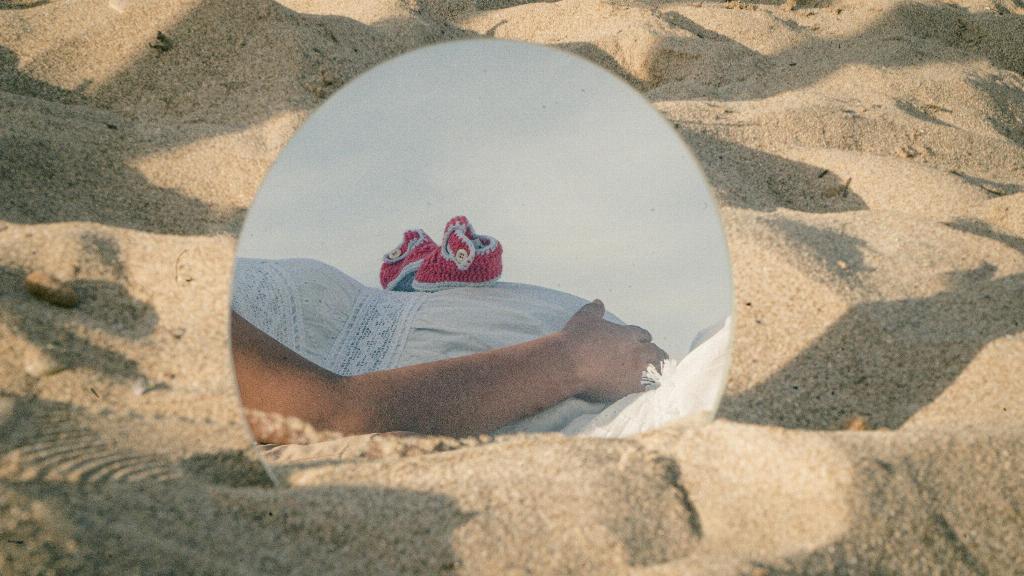When it comes to the reproduction of koi fish, it’s essential to distinguish between egg-laying and live-bearing species. Koi fish belong to the egg-laying category, which means they reproduce by laying eggs. Unlike live-bearing fish, such as guppies or mollies, koi do not give birth to live babies. This distinction is crucial in comprehending the unique reproductive behavior of koi fish.
Koi Fish Spawning Process
During the spawning season, typically from late spring to early summer, koi fish engage in a fascinating reproductive ritual. Male koi chase around female koi in a quest to fertilize their eggs. As the fish spawn, thousands of eggs are released into the water. However, only a small percentage of these eggs will successfully hatch and develop into baby koi.
Egg Deposition and Protection
One distinctive behavior of koi fish during spawning is the way they deposit their eggs. Koi are known for scattering their eggs across the pond, depositing them on the pond floor, or attaching them to aquatic plants. This method of egg deposition plays a crucial role in the survival of the offspring by providing them with various hiding spots and protection from predators.
Egg Incubation Period
After the eggs have been fertilized and deposited, they undergo an incubation period before hatching. The duration of this incubation period can vary depending on factors such as water temperature and the health of the eggs. Typically, koi eggs hatch within a few days to a week after being fertilized, giving rise to tiny larval fish.
Development of Koi Fry
Once the koi eggs hatch, they give birth to what are known as fry. These fry are incredibly small and delicate, requiring optimal water conditions and care to survive. Koi fry are often left to grow and develop on their own, feeding on microscopic organisms present in the water until they reach a size where they can fend for themselves.
Caring for Koi Fry
While koi fry are relatively self-sufficient, providing them with a suitable environment is essential for their growth and survival. This includes maintaining stable water conditions, ensuring adequate filtration, and providing proper nutrition. Additionally, protecting koi fry from potential predators, such as larger fish or birds, is crucial in safeguarding their well-being.
Growth and Development
As koi fry continue to grow and develop, they undergo various stages of metamorphosis, gradually transforming into juvenile and eventually adult koi fish. This process of growth is influenced by factors such as water quality, temperature, and nutrition, all of which play a vital role in shaping the size and coloration of the koi fish.
Reproductive Maturity
Once koi fish reach reproductive maturity, typically between the ages of 3 to 5 years old, they are capable of participating in the spawning process themselves. At this stage, male and female koi exhibit distinct behaviors during spawning, engaging in courtship rituals and releasing eggs and milt for fertilization.
Spawning in Captivity
For koi enthusiasts who keep these fascinating fish in captivity, replicating the natural spawning process can be a rewarding yet challenging endeavor. Creating optimal breeding conditions, such as providing suitable spawning areas and monitoring water parameters, is essential for encouraging successful reproduction and ensuring the health of the offspring.
Conclusion
In conclusion, koi fish are egg-laying species that reproduce by laying eggs during the spawning season. Understanding the unique reproductive behavior of koi fish, from egg deposition to the development of fry, is key to appreciating the life cycle of these beautiful and resilient aquatic creatures.

